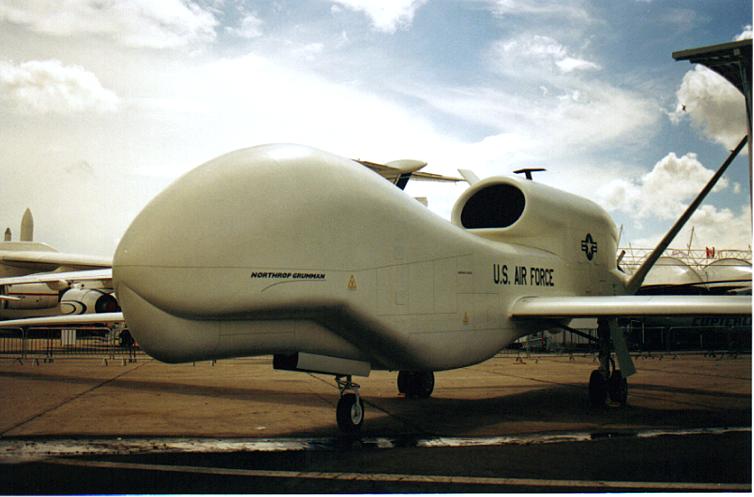
The Northrop Grumman RQ-4A Global Hawk (former Teledyne-Ryan Aeronautical Global Hawk) is a high-altitude, long endurance unmanned aerial reconnaissance system designed to provide military field commanders with high resolution, near real time imagery of large geographic areas.
Advanced technology sensors, a range greater than half way around the world, and the ability to remain on station for long periods of time will enable the Global Hawk to provide the war fighter with the essential intelligence needed to achieve information dominance throughout the battle ground well into the 21st century.
The program is managed by the USAF Aeronautical Systems Center at Wright Patterson AFB, Ohio. The test flying is managed by the 412th TW at Edwards AFB, CA.
The second RQ-4A Global Hawk prototype 95-2002 has crashed on March 29, 1999 at the south test range of China Lake NAWS, CA during an avionics development test flight.
On March 6, 2001 Northrop Grumman signed a contract for the engineering, manufacturing and development stage. ($ 45 million).
On March 19, 2001 the RQ-4A 95-2001 made a record flight from Edwards AFB, CA to South America (to the equator) and back. Global Hawk took off at 18:52 hours, arrival time at Edwards was: March 21st 01:17 hours. Total flying time of 30 hours and 24 minutes.
On April 23, 2001 the Global Hawk 98-2005 became the first autonomous aircraft to fly non-stop across the Pacific Ocean. The 23 hours flight took Global Hawk from its home base Edwards AFB to Royal Australian AFB Edinburgh, South Australia to participate in Tandem Thrust military exercises between US and Australian Forces.
|
||||||||||||||||||||||||||||||||||||||
|

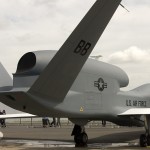
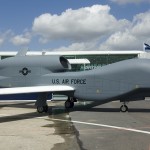
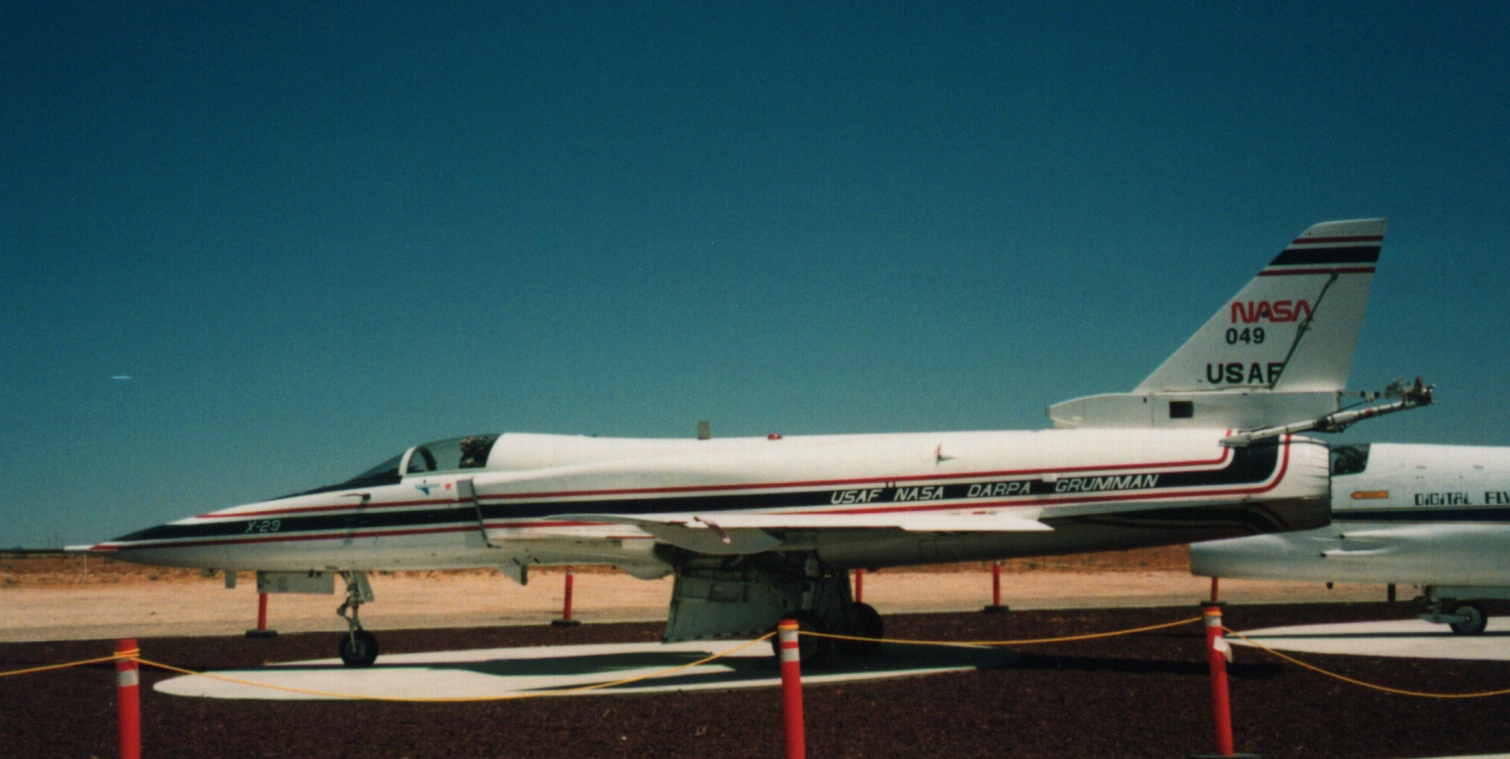

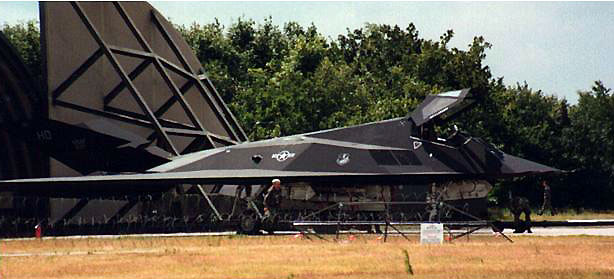
Be the first to comment